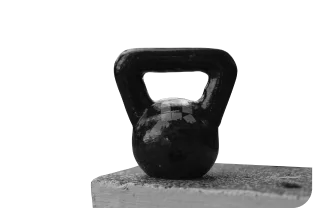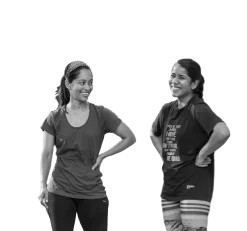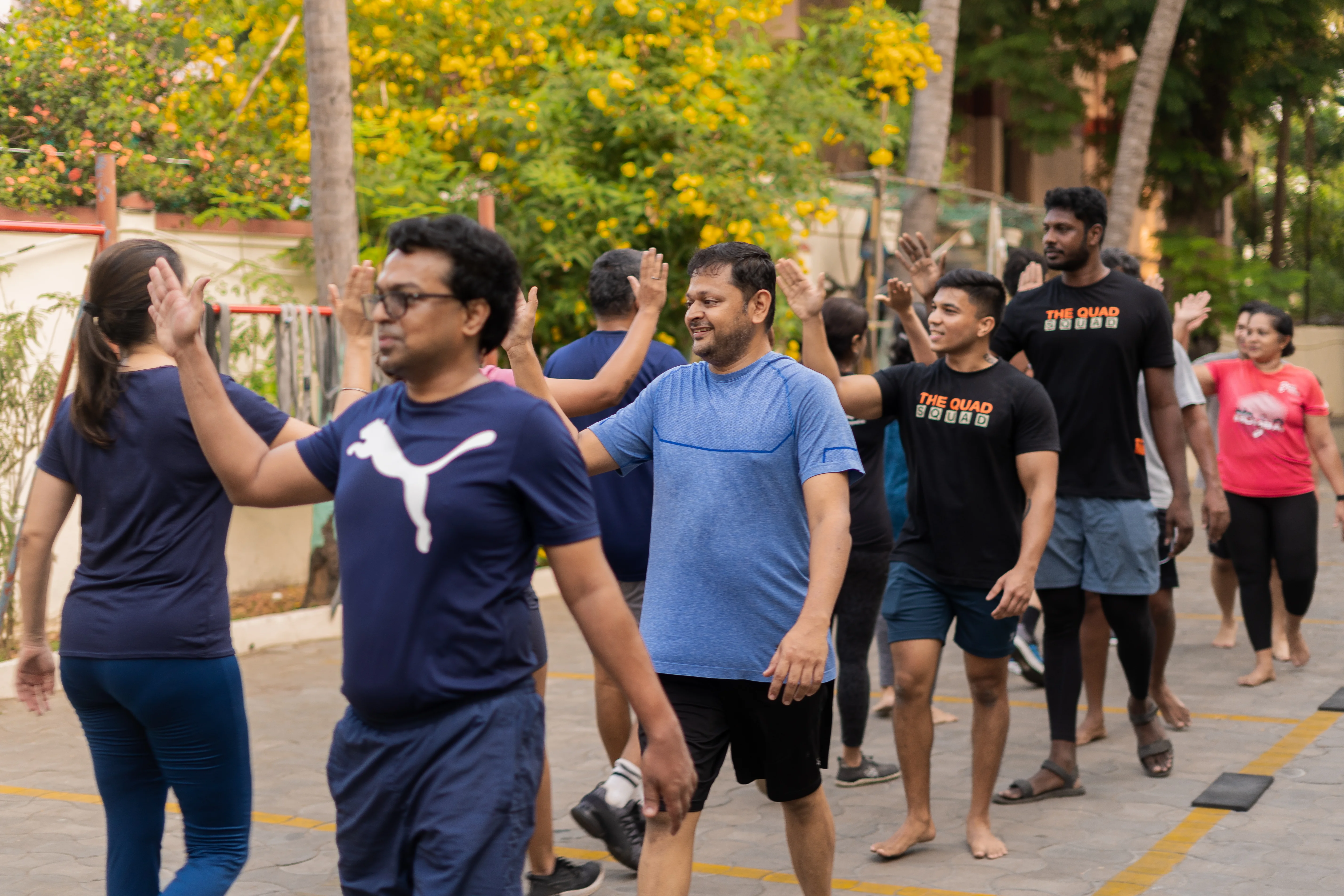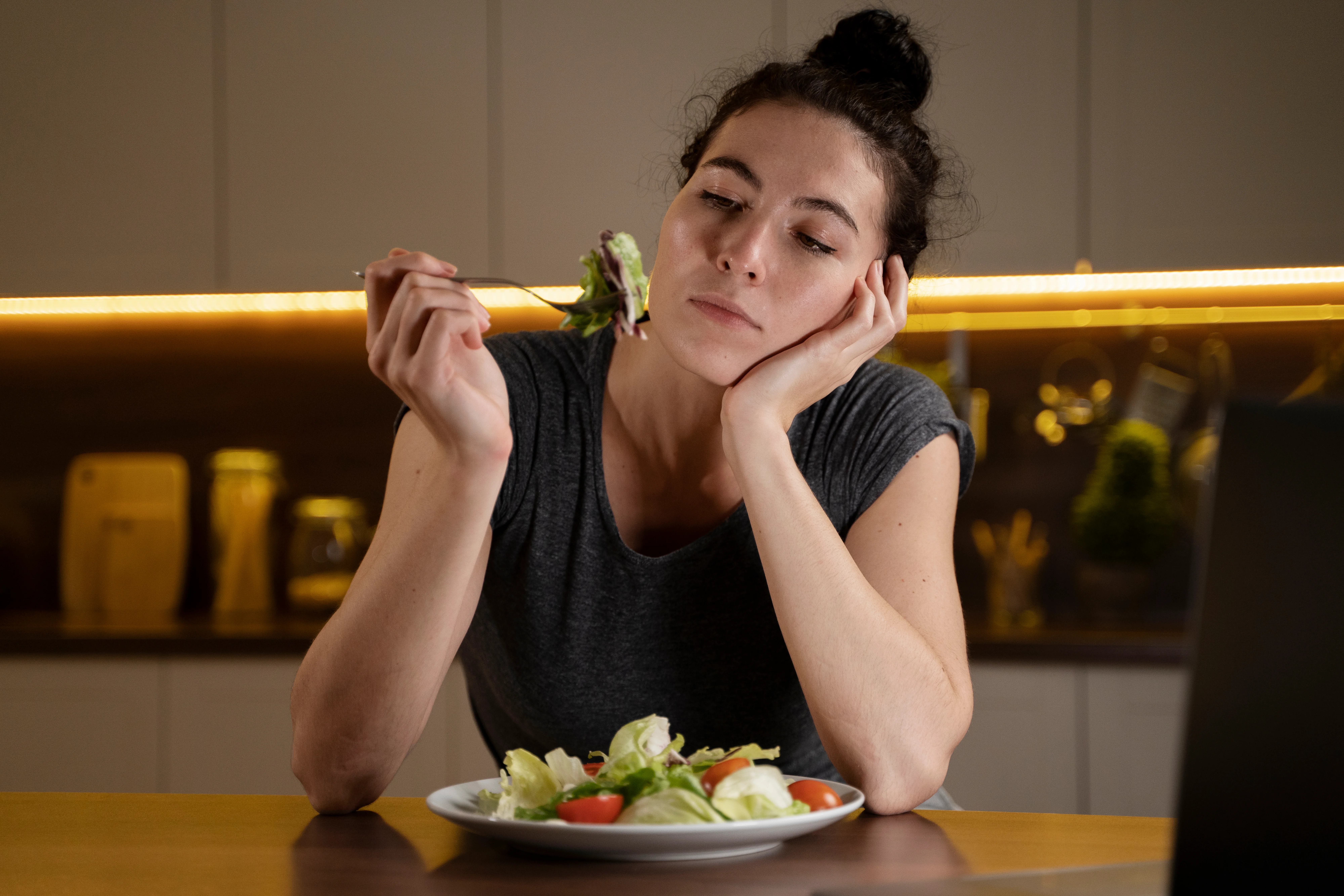Mastering the Indian Diet: The Quad’s Gameplan to Eating Well
Jun 10, 2024 ∙ 20 mins read
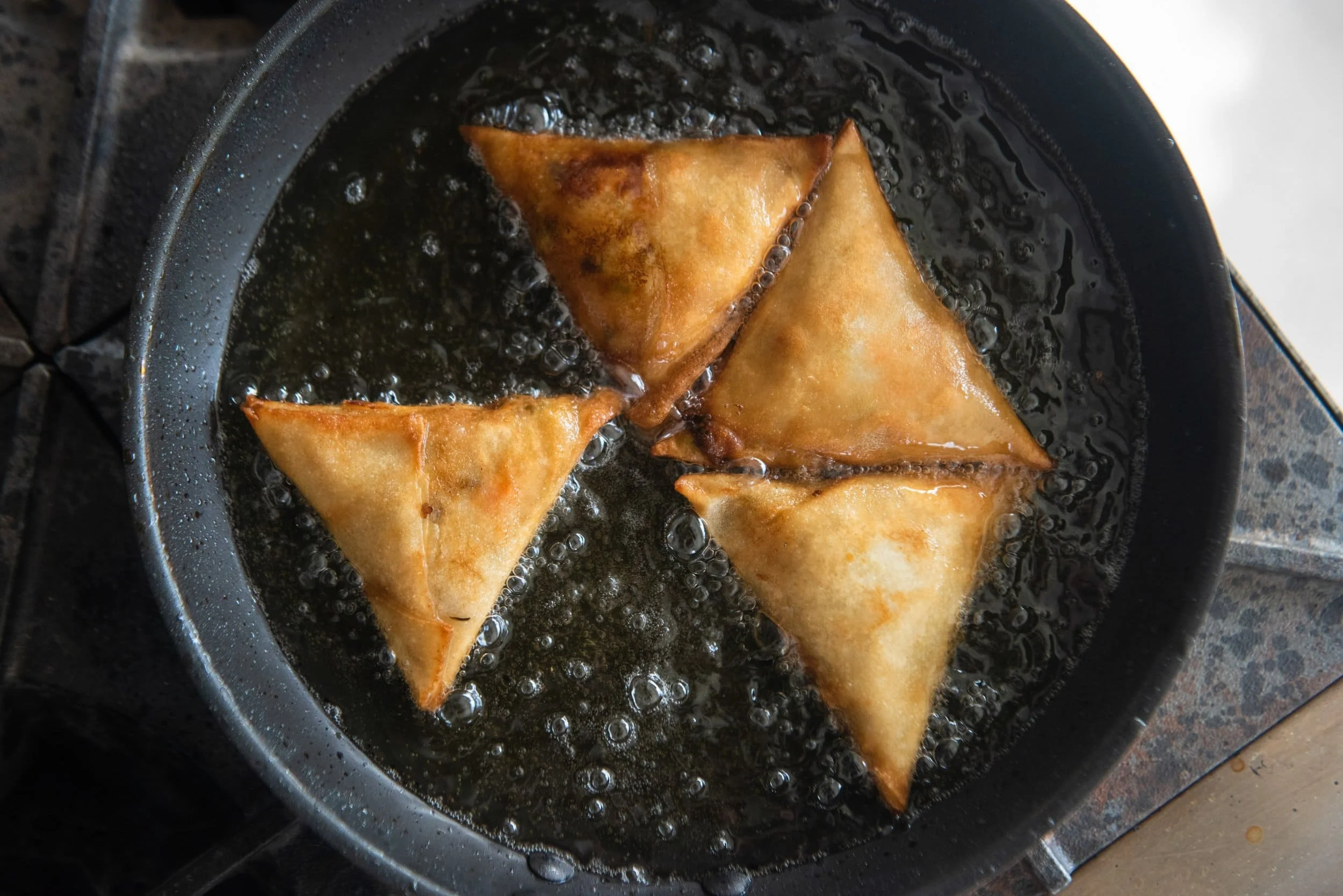
Around the world, a curry night is synonymous with a night of indulgent eating. A curry takeaway coupled with a few bottles of cold beers is the usual answer to March night. The usual image of a curry is something spicy, a lot greasy and something of a departure from the usual diet of healthy eating.
As a nation of “curry” eaters, what are we to do then? Doom ourselves to a lifetime of unhealthy diet?
Well, not so fast! Us Indians know our food is far from the greasy takeaway beloved of the masses everywhere.
But, as our health statistics show, as a nation we aren’t actually brimming with good health either. Indians rank among the unhealthiest and a recent article even citied us as topping the tables for cancer sufferers!
So what is the problem? Is it the Indian diet?
Yes, and no. Our diet is not unhealthy in itself, rather our attitude towards it is.
Let me explain: traditionally, India was an agrarian society. Our forefathers went out in the field, tilled the land, grew crops and farmed the land. This labour intensive work needed carbohydrates to keep their bodies going. Thus, our traditional fare is carb-laden. Heavy on the rice, dal, carby veg and even our desserts are made of carbs!
But we are far removed from our agrarian roots. Most of us have never seen a parcel of land being tilled. We wouldn’t know what paddy looks like in the field. Thanks to supermarkets providing chunks of sugar cane, pretty soon we might not even know what a sugarcane looks like in the wild!
Our lives follow a sedentary lifestyle now. We drive or get driven to work / school, we spend most of our day sitting down and even after returning home, we relax by sinking into our comfortable couches. For most of us, the single dose of movement is when we hit the gym for an hour each day.
Unfortunately, we haven’t tweaked our diet majorly to suit this new lifestyle of ours. We still eat quite similarly to our farming forefathers, ignoring the fact that we don’t need such carbo loading on a regular basis.
The result? A whole host of ills.
Where lies the fix?
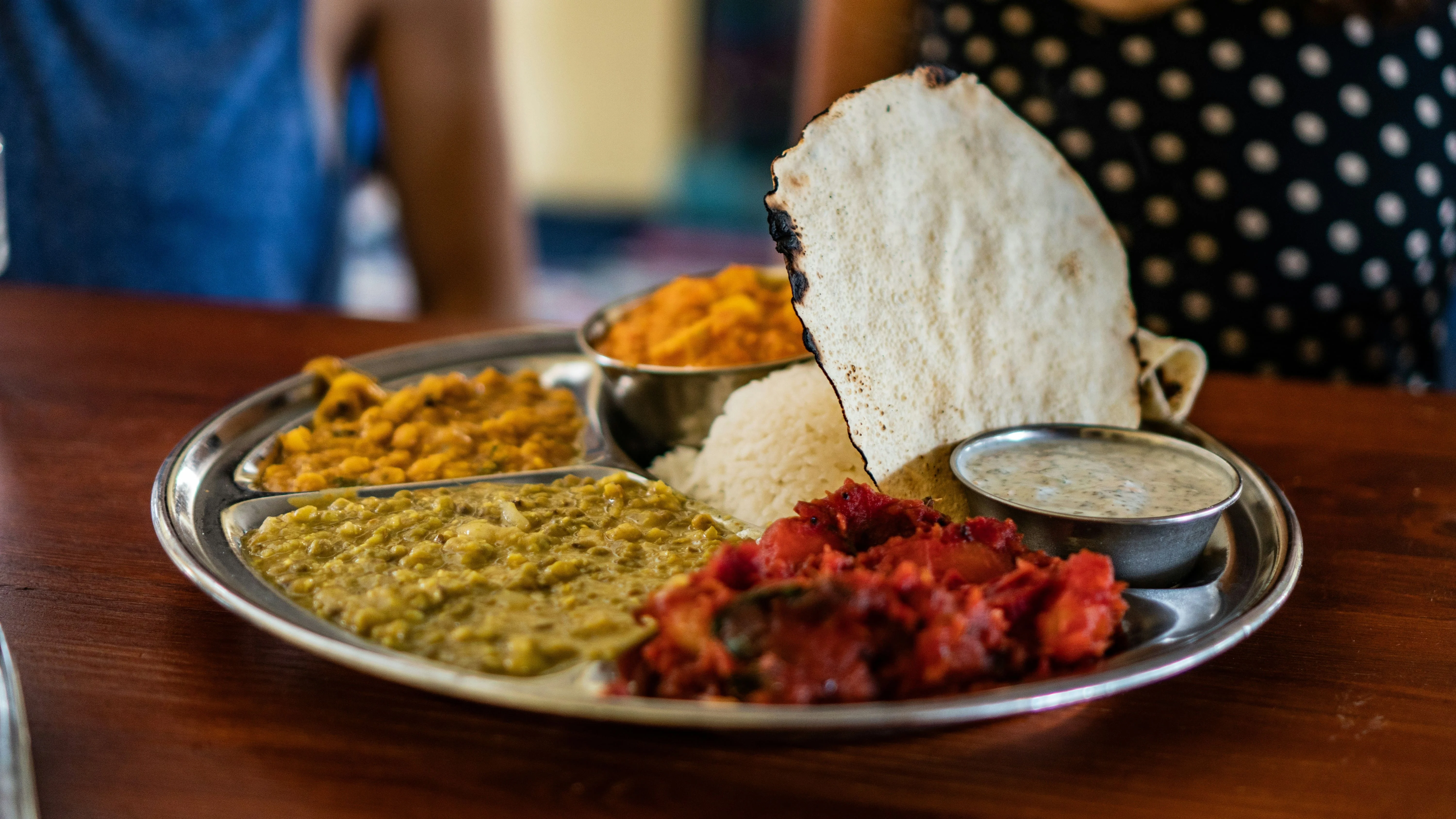
No, we don’t mean you have to throw your plate of rice and sambar away and do a faceplant into raw veg. (Well, if salad rocks your boat, then go for it.)
What we actually suggest is tweaking the old plate to suit these new circumstances. Or, in very real terms, flip it.
Keep the rice, the sambar, the veggies. They are foods our bodies, our genes know and recognise. But change their proportion.
Instead of your rice being the largest portion on your plate, make it your veggies. Your non-carb veg. We have had clients innocently send us photos of half a plate of roast potatoes, a handful of keerai, rice and a cup of sambar and ask us if that was okay. It broke our hearts to break the “carbs with carbs” formula to them.
Load up on the veg

So, fill half your plate with veggies. Go for variety and colour. Greens are a nutrient powerhouse and available across the country. And they are very easy on the wallet too. Hit the markets and load up with in-season vegetables and fruits.
Aim for variety. Eat some veggies raw. Your kosumallis shine here. Eat some pickled. Every part of our country has its own unique pickling process. Go crazy there. When you vary things around this way, it will become easy to fill half your plate with vegetables.
Go for gravy
Sambar, kadi, rasam, kozhambu, pulusu, palya - every cuisine has its version of salt-fat-acid-spicy gravy dish. Load these with plenty of vegetables and go to town on them. This is the easiest way to up your veggie quotient. Be mindful of the salt content in the dish, though.
Protein in our diet
Indian vegetarian diets are low on the protein, this is the honest fact. Our agrarian forefathers needed the quick energy release of carbs. We can be a bit more creative with our nutritional requirements.
Paneer, eggs, seafood, chicken, red meat are all excellent sources of protein. Opt for whichever suits your sensibilities and eating habits and prepare them in a mindful way.
The humble white rice is not the villain
It is sad that this has to be said. But it is true.
A few years back, the diet industry ushered in a “if it is white, keep it out” movement. Banning white flour, milk and rice in the process. Most articles on the Internet pointed at white rice in your diet as being the culprit.
The problem with this school of thought is, they are not actually tailored to our Indian ecosystem. In India, there isn’t a “white rice, brown rice, black rice” concept. We have upwards of 135 varieties of rice! From thooyamalli to ponni, from jeeraga samba to malli, from matta to sona masuri, from raw to boiled, we have rice varieties the rest of the world hasn’t even heard of! So, going by the simplistic “step away from the white rice”, is not a very sensible way to be.
Nor does it need to result in a “ditch rice and eat millets” fix. Again, yes, if that is your jam. But one needs to know that millets can mess with your body’s thyroid levels and so, must be treated with caution. It is best to explore options wisely instead of blindly.
So, the rice our farmers spend their lifeblood growing aren’t the villains. Just eat them in smaller quantities - fill a quarter of your plate with them. Want more? Do the same as you did before - fill half your plate with veg and quarter with rice and enjoy!
Anything in moderation
“Our forefathers ate like this. We must completely turn our backs on our way of eating huh?”
This is something we have heard versions of many times. This isn’t true. But what we fail to acknowledge is that when our forefathers wanted to eat jilebis, they had to undergo a laborious process to be able to do so. We pop into the nearest mithai shop, grab a bag and finish up some by the time we reach home.
Keep our jilebis for festival time. Same goes for murukku and seedai. Ribbon pakoda and thenkuzhal can be enjoyed when we meet them yearly around Deepavali.
It is time to stop blaming our excesses on our traditional diet. And own up to our part in it. The best part of our wide and varied Indian diet is that, it lends itself to adaptation and can be tweaked as necessary.
So, when your aviyal gets boring, make some undhiyu. When you feel blah eating dhokla again, opt for some veg filled momos instead. The Indian diet is rich and varied. Take the chance to explore the specialties of different regions. You might end up with a veritable treasure trove of dishes and methods to prepare them.
Looking to adapt your diet to meet your nutritional needs? Talk to The Quad Squad!


